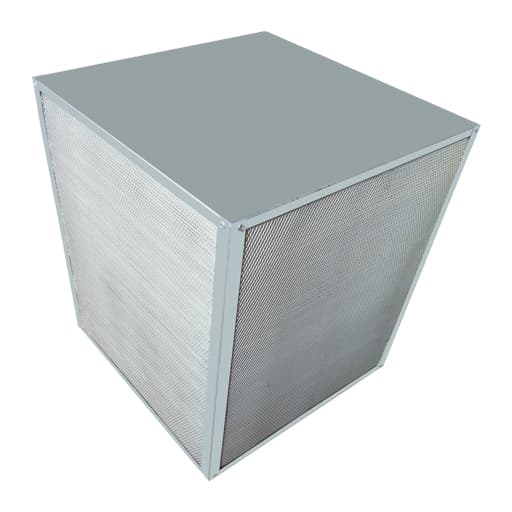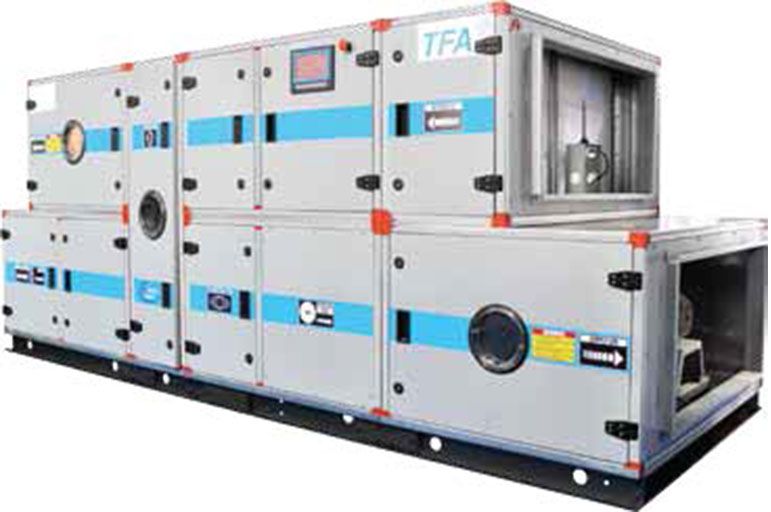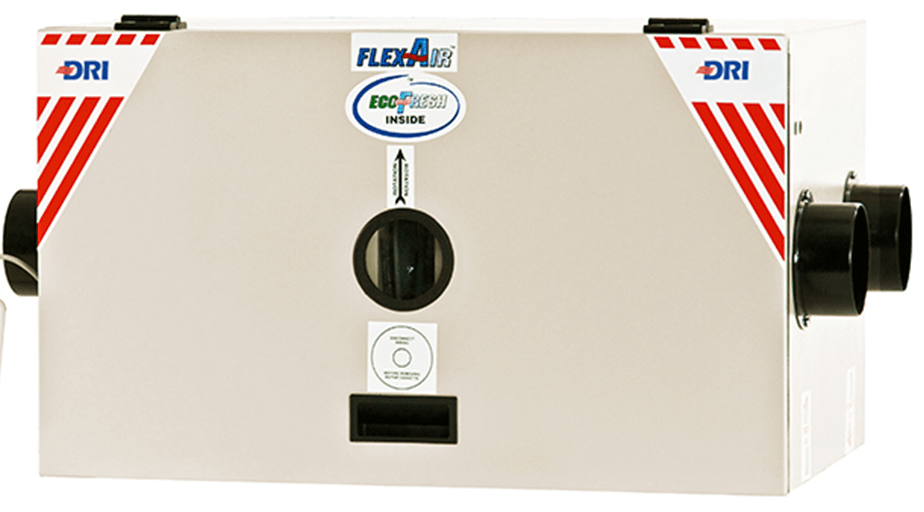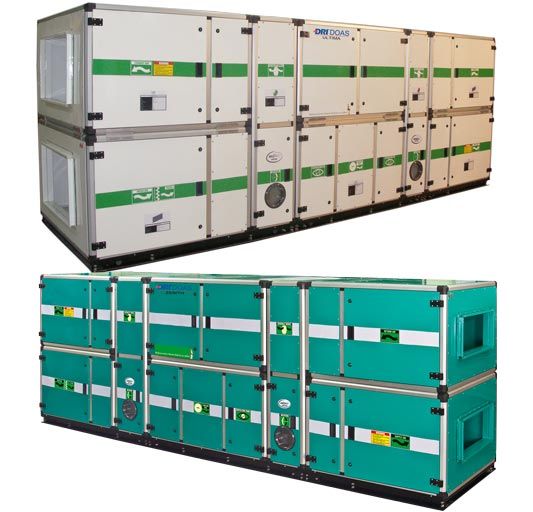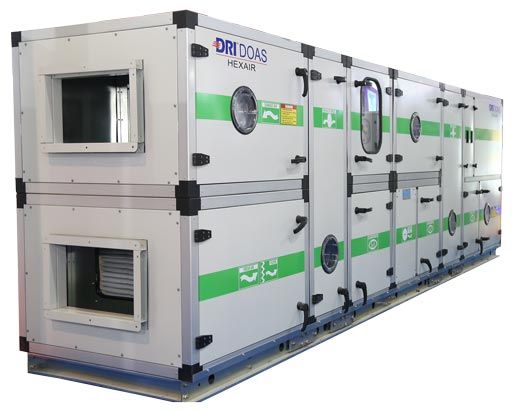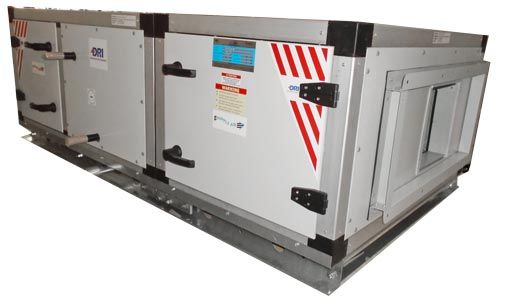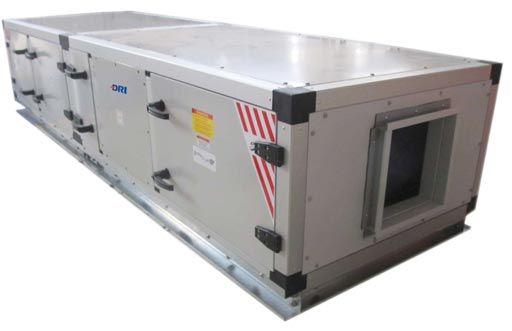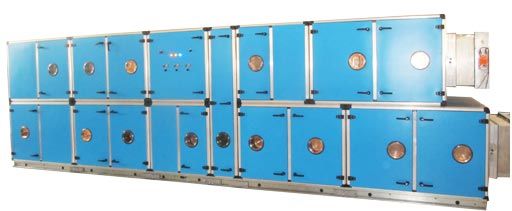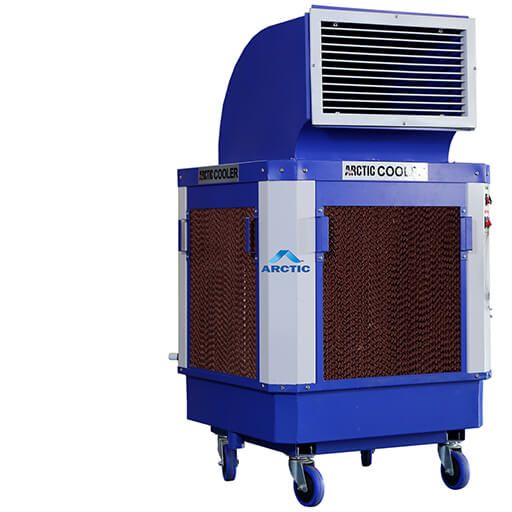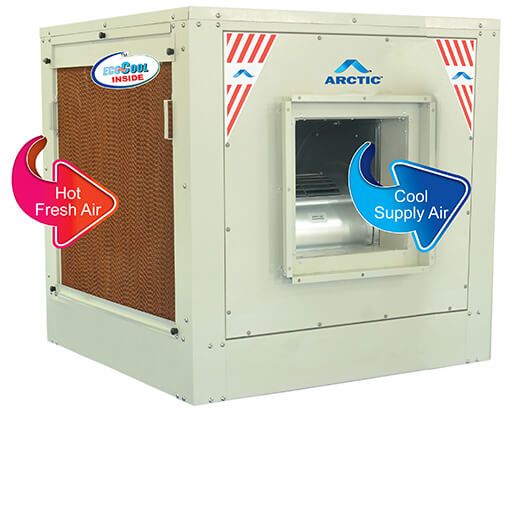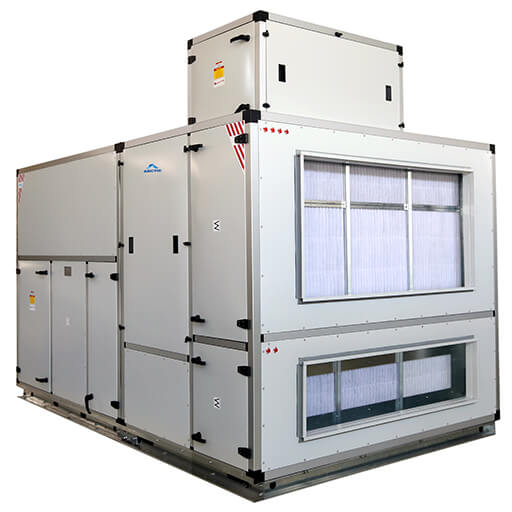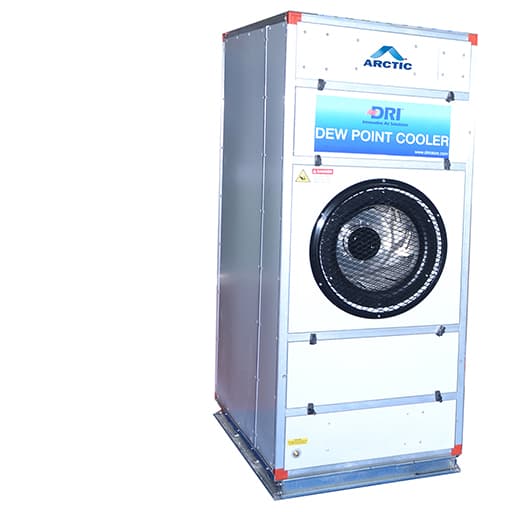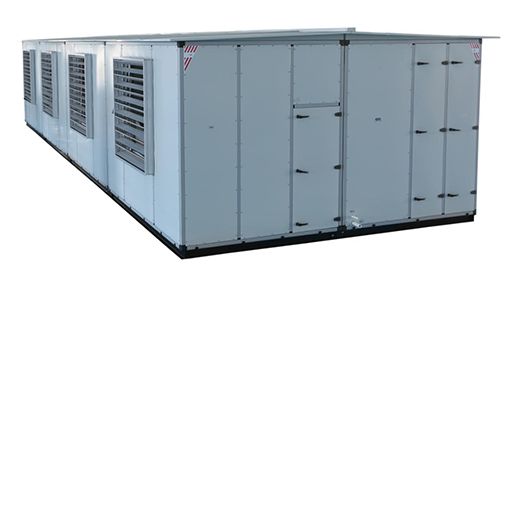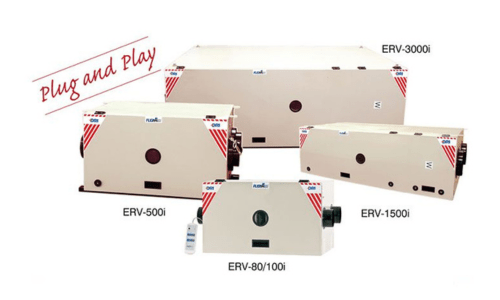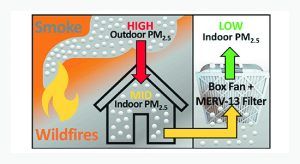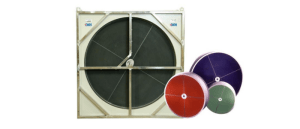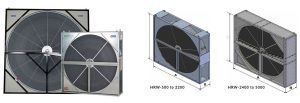Enhancing Indoor Air Quality while Conserving Energy
In today’s quest for energy-efficient and comfortable homes, heat recovery ventilation (HRV) and energy recovery ventilation (ERV) systems have emerged as popular choices. These systems play a crucial role in maintaining a continuous supply of fresh air while recovering and reusing energy that would otherwise be lost. Let’s delve into the details of HRVs and ERVs to understand their functions and benefits.
What is a Heat Recovery Ventilator (HRV)?
Heat recovery ventilation is designed to optimize the exchange of heat energy between two airflows: fresh air and exhaust air. During the winter, the warm exhaust air preheats the incoming supply air, ensuring that valuable heat is retained within the building. Similarly, in the summer, the cooler exhaust air cools the warm supply air. In essence, HRVs enable fresh air to be brought into a home without compromising heat loss.
HRV vs. ERV: Choosing the Right Ventilation Solution
When deciding between HRVs and ERVs, it’s essential to consider the specific requirements of your home. While both systems recover heat, they differ in their approach to managing moisture. HRVs primarily focus on heat transfer and are typically equipped with a condensation drain. On the other hand, ERVs transfer heat and moisture, helping maintain a constant humidity level within the home. Here’s a general guideline to help you choose:
HRV: HRVs are a suitable choice if you don’t have air conditioning or live in a less humid climate. They help regulate humidity levels by transferring excess indoor moisture outside, preventing the buildup of excessive humidity.
ERV: ERVs are ideal if you have air conditioning and reside in a humid climate. These systems excel at moisture transfer, ensuring your home maintains optimal humidity levels. By keeping excess moisture outside, ERVs reduce the workload on your air conditioner, leading to energy savings.
The Importance of Heat Recovery: Ensuring Energy Efficiency in Modern Homes
Why is Heat Recovery Necessary?
Modern homes are built to high technical standards, prioritizing energy efficiency through improved insulation and airtightness. However, this airtightness poses a challenge as buildings require regular air changes to maintain a healthy indoor environment. Activities involving heat production, including even breathing, generate significant amounts of moisture, which, if left unchecked, can lead to mould, mildew, and other issues. While opening doors and windows is a natural solution, it can result in substantial heat loss during colder months, negating energy efficiency efforts. Balancing heat retention and Ventilation becomes crucial for homeowners.
Understanding Heat Recovery Ventilation Systems
Heat recovery ventilation (HRV) systems come in various forms. Still, they all incorporate a heat exchanger, such as rotary thermal wheels, enthalpy or plate heat exchangers, heat pipes, or run-around coil systems. These systems recover heat from the outgoing air and transfer it to the incoming fresh air, reducing the workload on the HVAC system and improving energy efficiency.
The Importance of Effective Ventilation in Modern Buildings
Why does Ventilation Matter?
Ventilation is crucial in ensuring a healthy and comfortable living environment in modern buildings. As energy efficiency becomes a top priority during construction, these are designed to be tightly air sealed. While this enhances energy savings, it also necessitates a well-designed ventilation system to maintain indoor air quality.
Central Ventilation Systems: A Solution for Fresh and Clean Air
Central ventilation systems offer an effective solution for distributing fresh air throughout the entire home. These systems work by exhausting stale air from high-moisture areas while supplying fresh air to living spaces and bedrooms. Central ventilation systems can also incorporate filters to remove particulates, allergens, and chemical pollutants, ensuring clean and healthy indoor air.
Energy Efficiency through Heat Recovery
One of the advantages of a tightly sealed home with a central ventilation system is the ability to recover heat and improve energy efficiency. Air entering the home through cracks and openings needs to be heated or cooled to maintain desired indoor temperatures. However, with a heat exchanger, a significant portion of the heat from the outgoing air can be captured and transferred to preheat the incoming air. This process can recover between 70% and 95% of the heat, reducing energy consumption for heating incoming air. This feature is valuable in colder climates, where maintaining warmth is essential.
Promoting a Healthy and Comfortable Living Environment
Effective ventilation systems not only ensure the distribution of fresh air but also help maintain a healthy and comfortable indoor environment. Ventilation systems exchange stale air with fresh air and prevent the buildup of excess moisture, pollutants, and odors, reducing the risk of mold growth, allergens, and unpleasant smells. Moreover, central ventilation systems allow for the even distribution of fresh air throughout the home, ensuring that every room receives the necessary airflow for optimal comfort.
Striking a Balance: Energy Efficiency and Indoor Air Quality
When planning a ventilation system for your home, it is essential to strike the right balance between energy efficiency and indoor air quality. A well-designed central ventilation system and airtight construction can effectively minimize energy losses associated with air leakage. By capturing and utilizing the heat from the outgoing air, these systems reduce the demand for heating incoming air, resulting in energy savings and lower utility bills. At the same time, they ensure that your home is supplied with clean, fresh air for a healthier and more comfortable breathing environment.
As you consider the design and construction of your office or workplace, prioritize the implementation of an effective ventilation system. By choosing a central ventilation system with heat recovery capabilities, you can enjoy the benefits of energy efficiency and improved indoor air quality. Breathe easier and create a healthier living space for you and your family with a well-designed ventilation system that meets your needs. Get in touch with DRI Rotors to install a suitable heat ventilation system at your premises.






